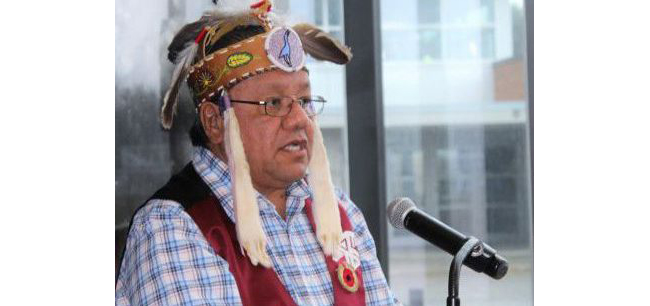By Jake Cardinal, Local Journalism Initiative Reporter
(ANNews) – In 2020, Canada’s chief medical health officer Dr. Theresa Tam released a report detailing the state of public health and the worsening opioid crisis amid the COVID-19 pandemic.
The report said the reason for the increase in opioid-related deaths was because of the amount of fentanyl in illegal drugs — with extreme concentrations of fentanyl being found in 14 per cent of opioid deaths.
Now a year later, the crisis has only gotten worse.
Ontario
In late November 2021, the Chiefs of Ontario, in collaboration with the Ontario Drug Policy Research Network, released two reports documenting the increase in opioid-related poisonings during the COVID-19 pandemic, as well as the need to address the opioid-crisis in regards to First Nations communities.
The amount of opioid-related deaths in the province has more than doubled during the first year of the COVID-19 pandemic.
The Chiefs of Ontario attributed the rise in opioid-related poisonings to the growing presence of fentanyl in the unregulated drug supply and the COVID-19 pandemic.
“The COVID-19 pandemic emerged amid an opioid crisis in our communities. The findings in these reports reinforce what First Nations leadership, families and communities have been demanding for decades,” said Ontario Regional Chief Glen Hare. “More needs to be done, and we must act now.”
“First Nations have been disproportionately affected by the overdose crisis. The use of opioids and other substances continues to surge during the COVID-19 pandemic, producing conditions that further increase overdoses and deaths,” said Regional Chief Hare.
The reports note that 116 First Nations people died due to opioid poisoning between March 2020 and March 2021, compared with 50 people in the previous year.
That’s a 132 percent increase, compared to a 68 percent increase of opioid-related deaths among the rest of the population in the province.
First Nations people were identified in the report using the Indian Registry System database, which includes people who are eligible for Indian Status under the Indian Act.
Neither the Ontario Ministry of Health or Indigenous Services Canada have provided a comment.
The Rest of Canada
However, opioid usage and poisonings have been felt nationally, especially in Western Canada, with the provinces of B.C. and Alberta seeing an increase in opioid-related deaths in the recent past.
Now Saskatchewan and the Yukon have begun seeing an increase as well.
The Saskatchewan coroner’s service recently released statistics outlining opioid-related deaths in the province. So far in 2021, there have been a total of 364 suspected and confirmed drug-related deaths.
In 2020 there were 330.
As for the Yukon, the territory reported alarming opioid death statistics in September, claiming that 14 overdose deaths have occurred since Jan. 1.
Yukon’s chief coroner Heather Jones said of the 14 deaths that occurred this year, six people were First Nations.
All of the 14 deaths “involved opioids in various formats of fentanyl and in combination with other illicit drugs and/or alcohol,” the report said.
“More and more Yukon families are being left with a devastating reality found in the wake of these lost lives.
“This is a pain that is now close to so many of us.”



Be the first to comment on "The First Nation opioid crisis in Canada"